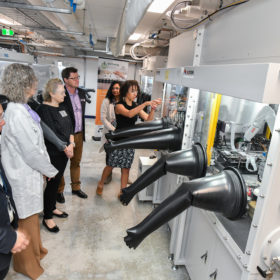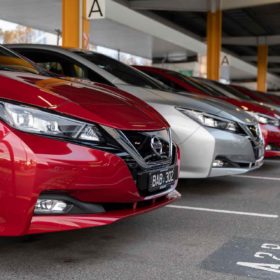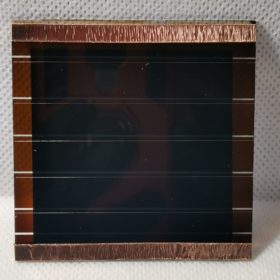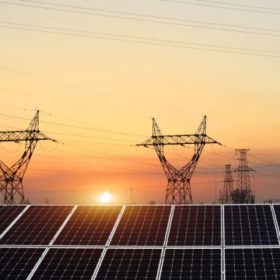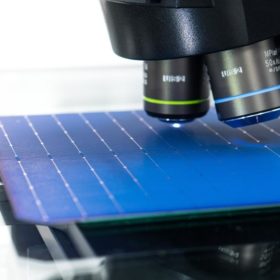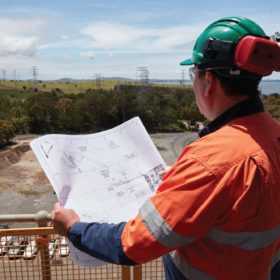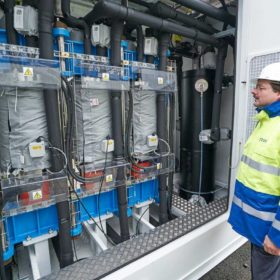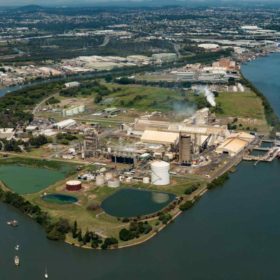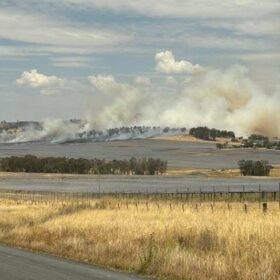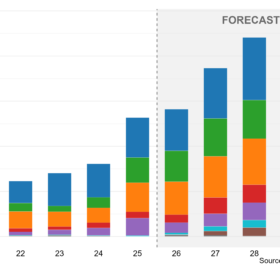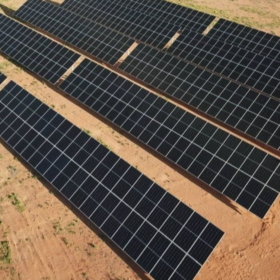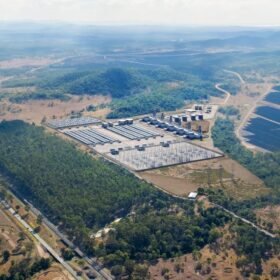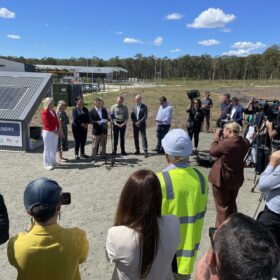Victorian university opens ‘advanced’ battery hub for testing and manufacture
Victoria’s Deakin University today launched its $10.3 million (USD 6.5 million) “world-class” facility for advanced battery design, fabrication and testing, in Burwood, a suburb in Melbourne’s east.
Australian EV market share grows 65% in 2022
The demand for electric vehicles in Australia increased by 65% in 2022, reaching 3.39% market share of total new car sales, according to the Electric Vehicle Council’s latest report. Tesla continues to be the dominant brand, with New South Wales and Australia Capital Territory governments topping the charts on policy leadership.
Australian manufacturer achieves 32% efficiency for inorganic perovskite solar cell
Australian manufacturer GreatCell has built a cell with roll-to-roll coating technology. It designed it without a hole transport layer (HTL) and used carbon composite back contacts, which offer excellent electrical conductivity.
AEMO on track with ‘world-first’ grid connections simulator
The Australian Energy Market Operator plans to launch a world-first ‘connections simulator’ this year after completing pilot testing of the online tool that is designed to help fast-track the evaluation and approval process for new clean energy grid connections.
Sodium-ion battery anode made from toxic hogweed
Russian researchers have transmuted poisonous Sosnowsky’s hogweed into high-grade anode material for sodium-ion batteries. The obtained material has a Coulombic efficiency of 87%, which is on par with the best reported results for hard carbons synthesised from other raw materials.
SunDrive lands $21 million to scale copper-based solar tech
World-beating Australian solar technology company SunDrive has completed a new $21 million (USD 13 million) funding round which will help commercialise its revolutionary solar cell technology that replaces silver with copper to improve solar panel efficiency and reduce costs.
EnergyAustralia reveals plan for new 500 MW big battery
Australian electricity gen-tailer EnergyAustralia will investigate the feasibility of installing a 500 MW/2000 MWh big battery energy storage system adjacent to its 1.4 GW Mount Piper coal-fired power station in New South Wales.
WA teams with ITM to explore electrolyser manufacturing potential
The Western Australia government is partnering with United Kingdom-based electrolyser manufacturer ITM Power and Germany’s Linde Engineering in a $450,000 (USD 278,106) study to develop a business case for the manufacturing of renewable hydrogen electrolysers within the state.
Solar-powered synthetic kerosene could be vital bridge to zero-emission flying
A study of the investment and innovation needed to achieve the European Green Deal’s aviation ambitions has highlighted the key role that synthetic fuel can play until hydrogen and electric flights become a reality.
Fortescue lands grant for massive hydrogen electrolyser in Queensland
Plans to build one of the world’s largest renewable energy powered electrolysers in Queensland continue to gather pace with the Australian Renewable Energy Agency awarding $13.7 million (USD 8.8 million) to the proponents of the project to help finance a $38 million front-end engineering and design study.
